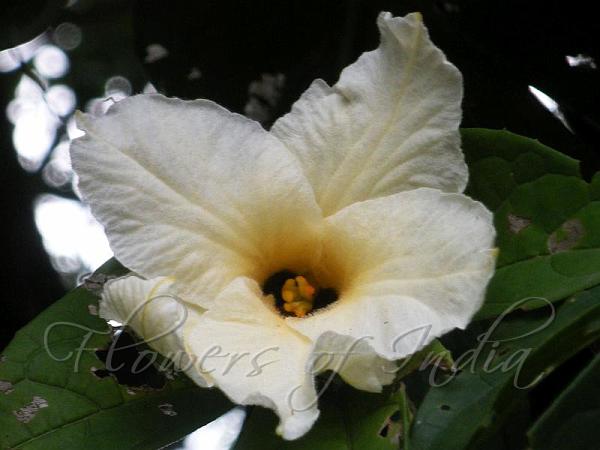|
| Gac Fruit |
|

|

| File size | 86443 |
| Original date | 7/8/15 3:31 PM |
| Resolution | 800 x 600 |
| Flash | Flash did not fire, auto |
| Focal length | 31.5mm |
| Exposure time | 1/150s |
| Aperture | 5.6 |
| Focus Distance | |
| Metering Mode | Multi-segment |
| Camera make | NIKON |
| Camera model | COOLPIX S550 |
| Sensor type |
|
|
|
|
Photo: |
Botanical name: Momordica cochinchinensis Family: Cucurbitaceae (Pumpkin family)
Synonyms: Momordica macrophylla, Momordica mixta, Momordica sphaeroidea
Synonyms: Momordica macrophylla, Momordica mixta, Momordica sphaeroidea
Gac Fruit is a traditional medicinal plant in India, China and
Vietnam, commonly seen growing in gardens with its red fruit and red pulp.
It is a strong climber, up to 15 m. Tendrils robust, simple. Leaf-stalk robust,
5-10 cm. Leaves are heart-shaped or broadly ovate-round, 10-20 x 10-20 cm,
3-5-lobed. Median lobe is obovate or oblong-lanceshaped, 6-10 x 3-6 cm,
margin wavy-toothed, tip pointed or tapering; lateral lobes ovate or
oblong-lanceshaped, 3-7 x 2-4 cm, base heart-shaped. Male flowers solitary
or in a short raceme; sepal-cup funnel-shaped; sepals broadly
lanceshaped or oblong, 12-20 x 6-8 mm, tip pointed or tapering; flowers are
yellow to white; petals ovate-oblong, 5-6 x 2-3 cm, tip pointed or tapering;
stamens 3. Female flowers are solitary; flower-stalk 5-10 cm, sepal-cup
and flower as in male flowers; ovary ovoid-oblong, about 1 cm, densely
spiny. Fruit is red, ovoid, 12-15 cm in diameter, fleshy, densely spiny,
tip rostar-shaped. It is used in cooking, to make candy and jam, and
is thought to support the health of the eyes. Aril, the red, oily pulp
surrounding the seeds, is cooked along with seeds to flavor and give its
red color to a rice dish, xoi gac, which is served at festive occasions
such as weddings in Vietnam. It has large leaves and large white
flowers.
Medicinal uses: Seeds are used in Ayurvedic and Chinese
traditional medicine. The total beta-carotene in this fruit is very high.
Seeds are used in Ayurvedic and Chinese
traditional medicine. The total beta-carotene in this fruit is very high.
Medicinal uses:
 Seeds are used in Ayurvedic and Chinese
traditional medicine. The total beta-carotene in this fruit is very high.
Seeds are used in Ayurvedic and Chinese
traditional medicine. The total beta-carotene in this fruit is very high. | Identification credit: Surajit Koley, Saroj Kasaju | Photographed in Hoogly, West Bengal & Behali Reserve Forest, Assam. |
• Is this flower misidentified? If yes,